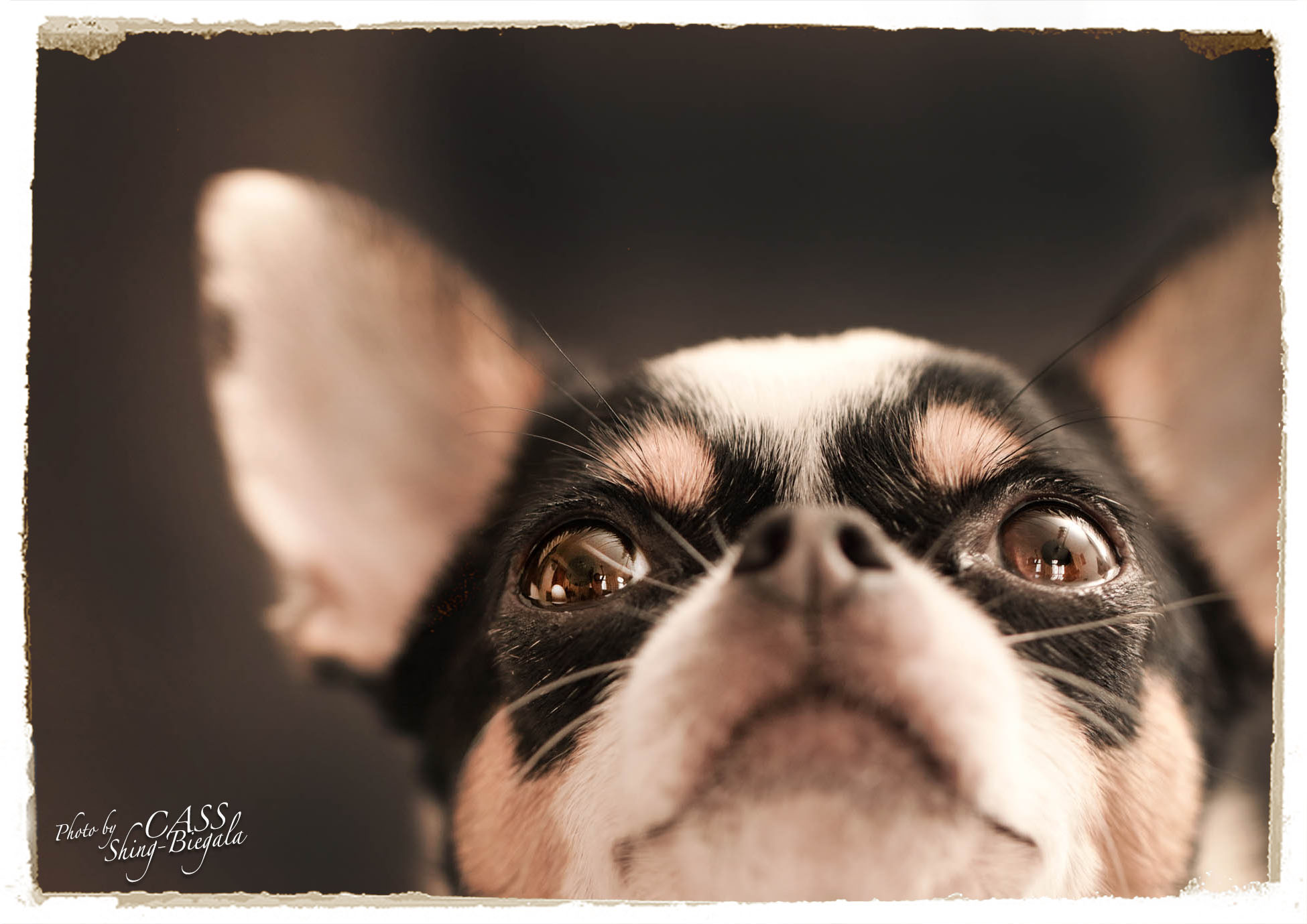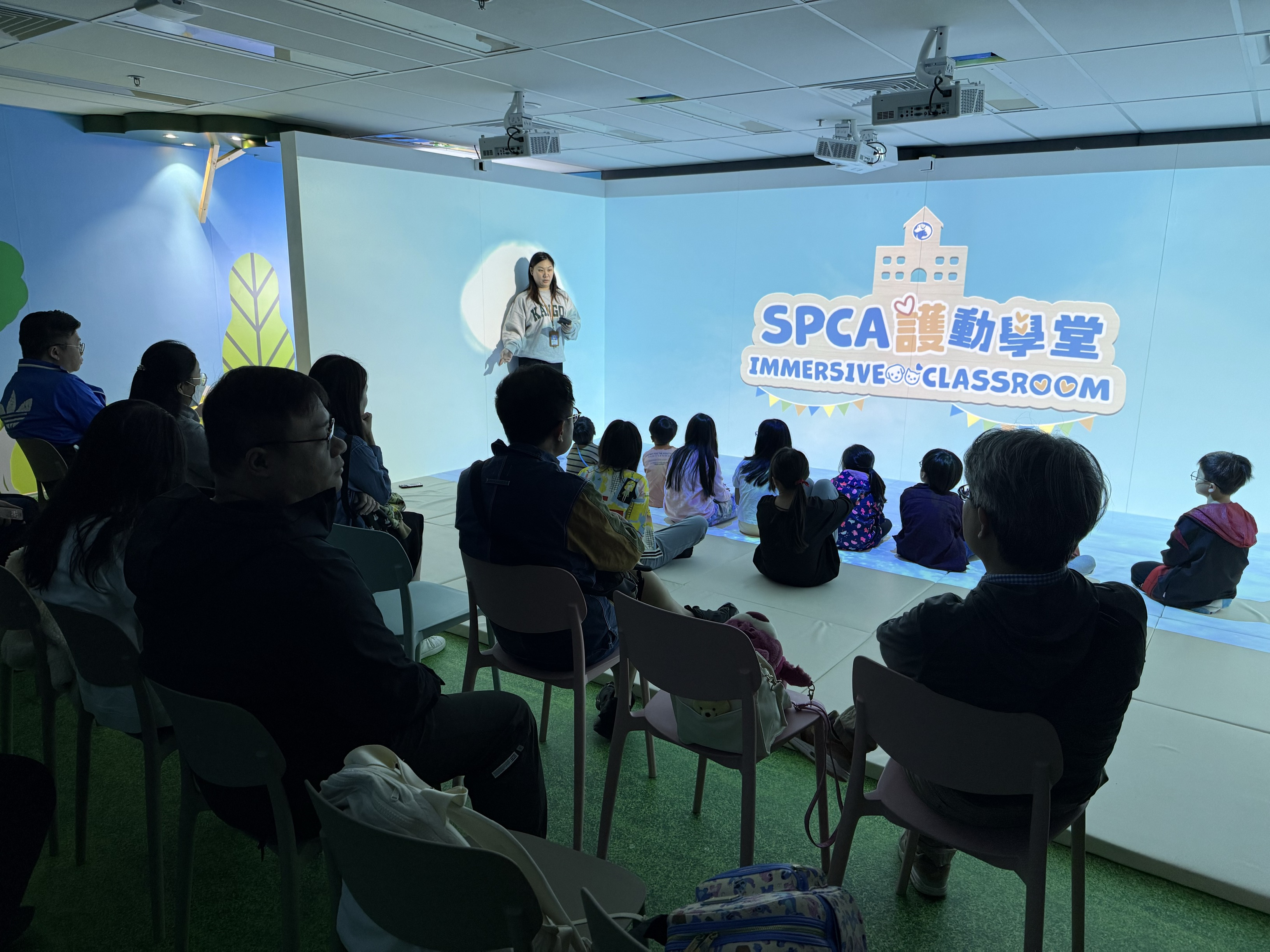Have Fun with Your Camera! Pet Photography Beyond Auto Mode
To All Pet Lovers: A Photography Lesson from Pet Photographer Cass
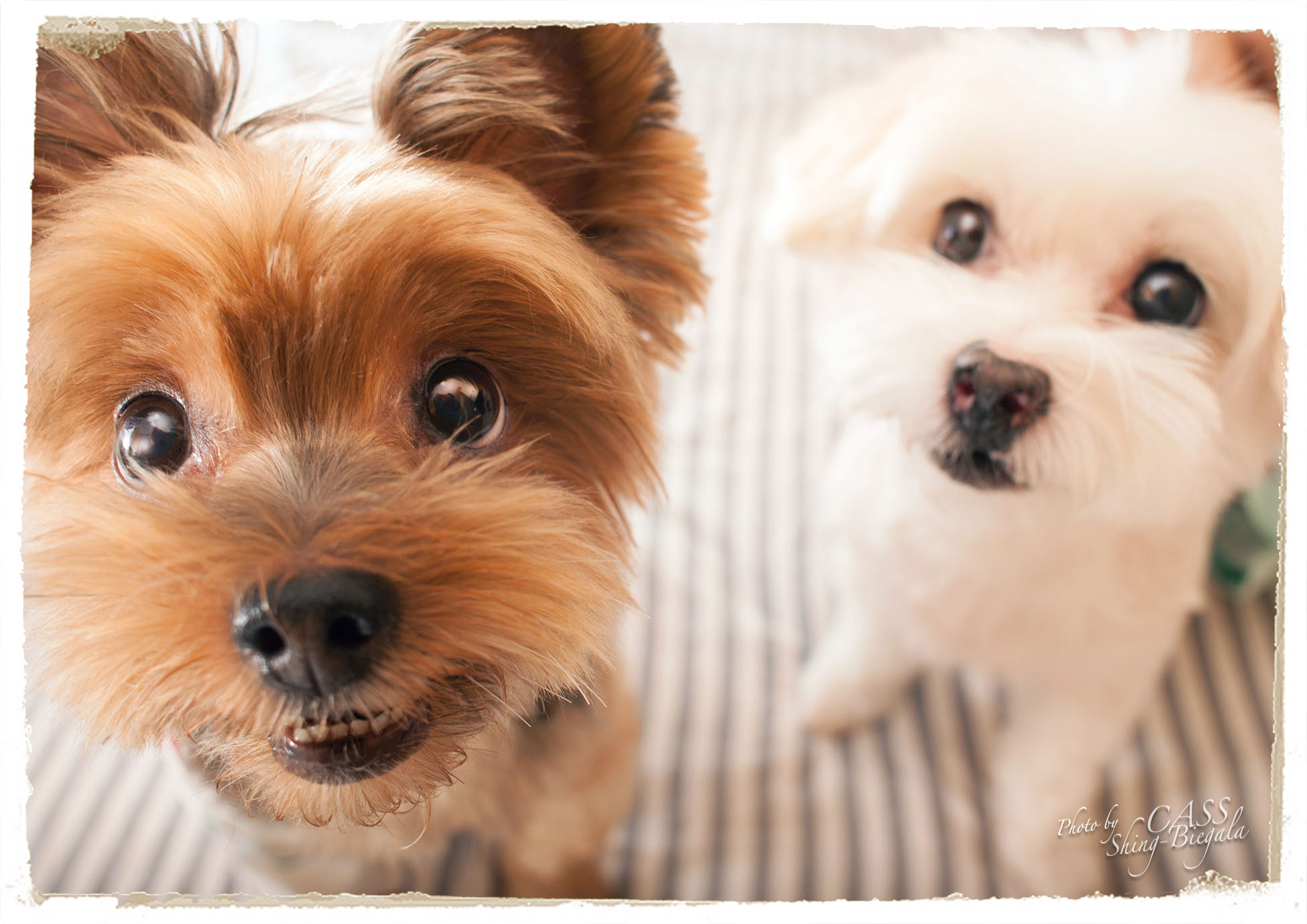
EF 28 mm f/1.8 USM | 1/180 f/5.6 ISO 400
- Record Moments of Actions with Shutter Priority Mode (Tv Mode)
- Create Photos with Impressive Focus with Aperture Priority Mode (Av Mode)
- Make Good Use of Exposure Compensation EV +/- to Shoot as Desired
- Set the Focus First and Adjust the Composition
- A Sneak Look of Pets’ Lives with Live View Mode
- Capture Actions and Expressions with Continuous Shooting Mode
- Make Good Use of Telephoto lenses and Wide-angle lenses
Record Moments of Actions with Shutter Priority Mode (Tv Mode)
1. Use a fast shutter speed to take photos of pets running or jumping happily. The use of 1/750s, 1/1000s or even faster shutter speed can freeze their funny postures or unexpected facial expressions too fast to be seen with the naked eyes when they are playing.
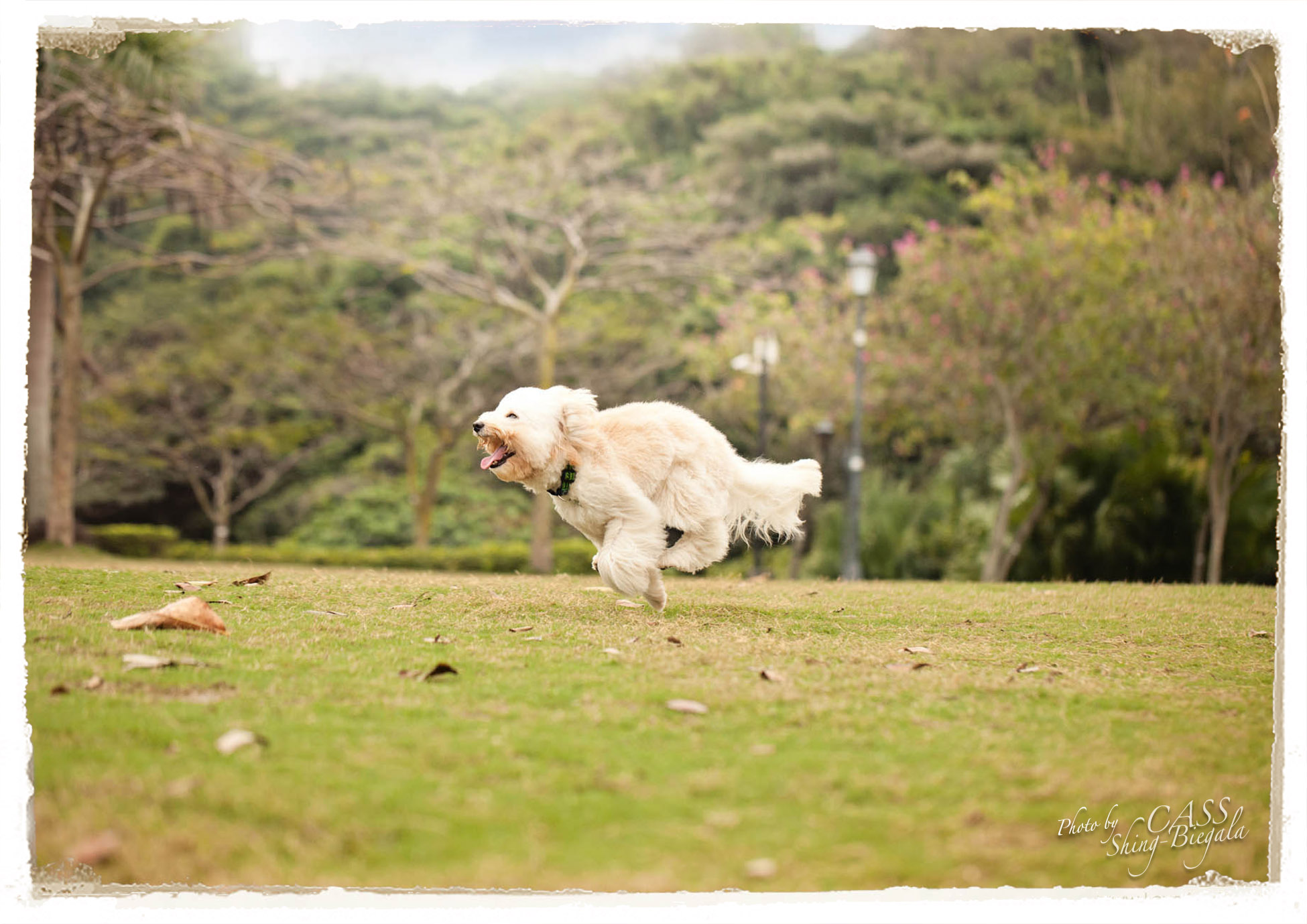
If the shutter speed is fast enough, you can freeze the adorable expressions and actions in the photo.
Create Photos with Impressive Focus with Aperture Priority Mode (Av Mode)
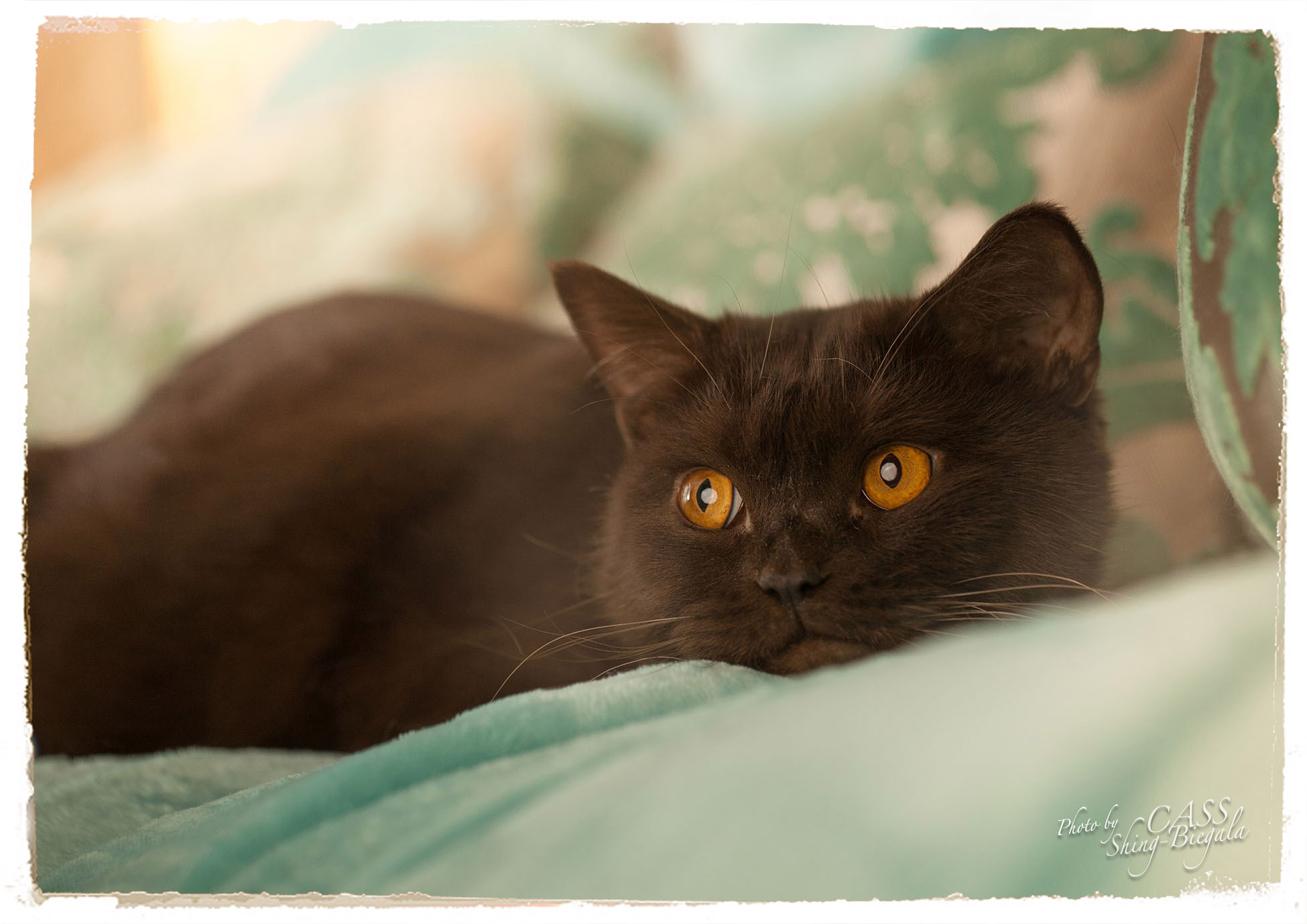
With the messy background blurred by using a large aperture, the curious face of the cat is made more outstanding.
Make Good Use of Exposure
Compensation EV +/- to Shoot as Desired
Under some occasions such as when shooting into the light at home, the camera’s Auto Metering function may not function well. This is because the camera has no idea of what you want to shoot. For example, when you press the shutter button half-way in a dim location, the camera, thinking that it is a dim ambience, automatically adjusts for an exposure that ends up an over-exposed photo.
Likewise, if you are shooting in a bright environment, the camera adjusts the exposure to a lower setting that ends up an under-exposed photo. In both cases, the photos captured look very different with what we see, and interesting details are lost in the process.
Under these circumstances, it is suggested to first take a trial shot with the camera’s Auto Metering function and see how different it is with what you expected, then use the Exposure Compensation function to increase or decrease the exposure level to your desired result.
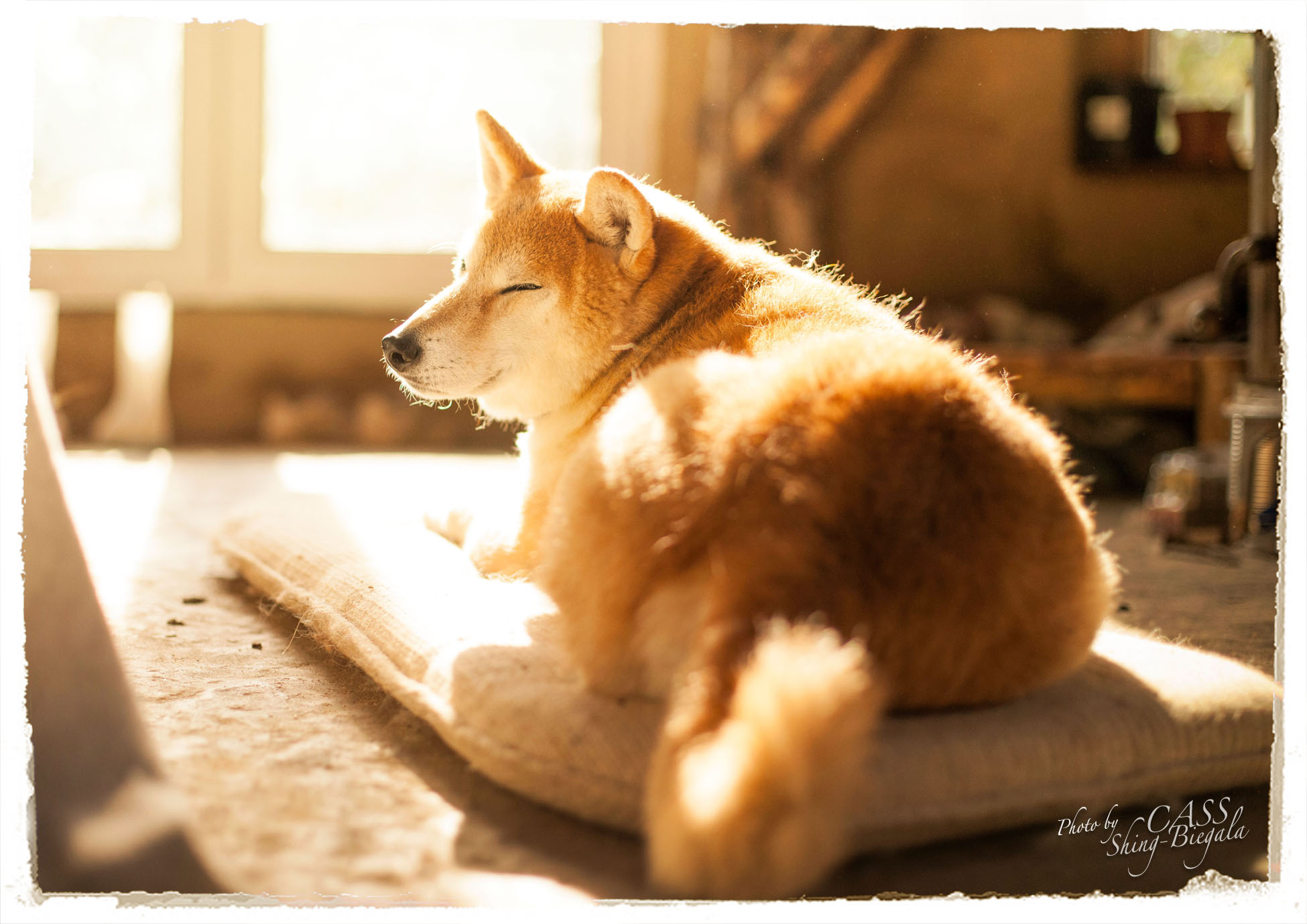
This Shiba Inu puppy is enjoying sunbath! (Took a shot first using P mode with Auto Metering, then adjusted to EV +2)
Set the Focus First and Adjust the Composition
Many pet owners may overlook the importance of photo composition. They feel satisfied with sharp photos of pets looking into the camera. If you have already accomplished this, why not challenge yourselves and take your aesthetics to the next level?
To do this, pay attention to your camera, try pressing the shutter button half-way and listen carefully for the “dood” sound. This means the camera has set the focus but yet to capture. You can then adjust the composition slightly to arrange where should the subject be located in between half-pressing and full-pressing the shutter.
It is not necessary to put the subject in the centre all the times. Depending on your theme and topic, you can have the focus a bit left / right / up / down. This would make the photo more interesting.
More about compositional aesthetics will be discussed in the following paragraphs.
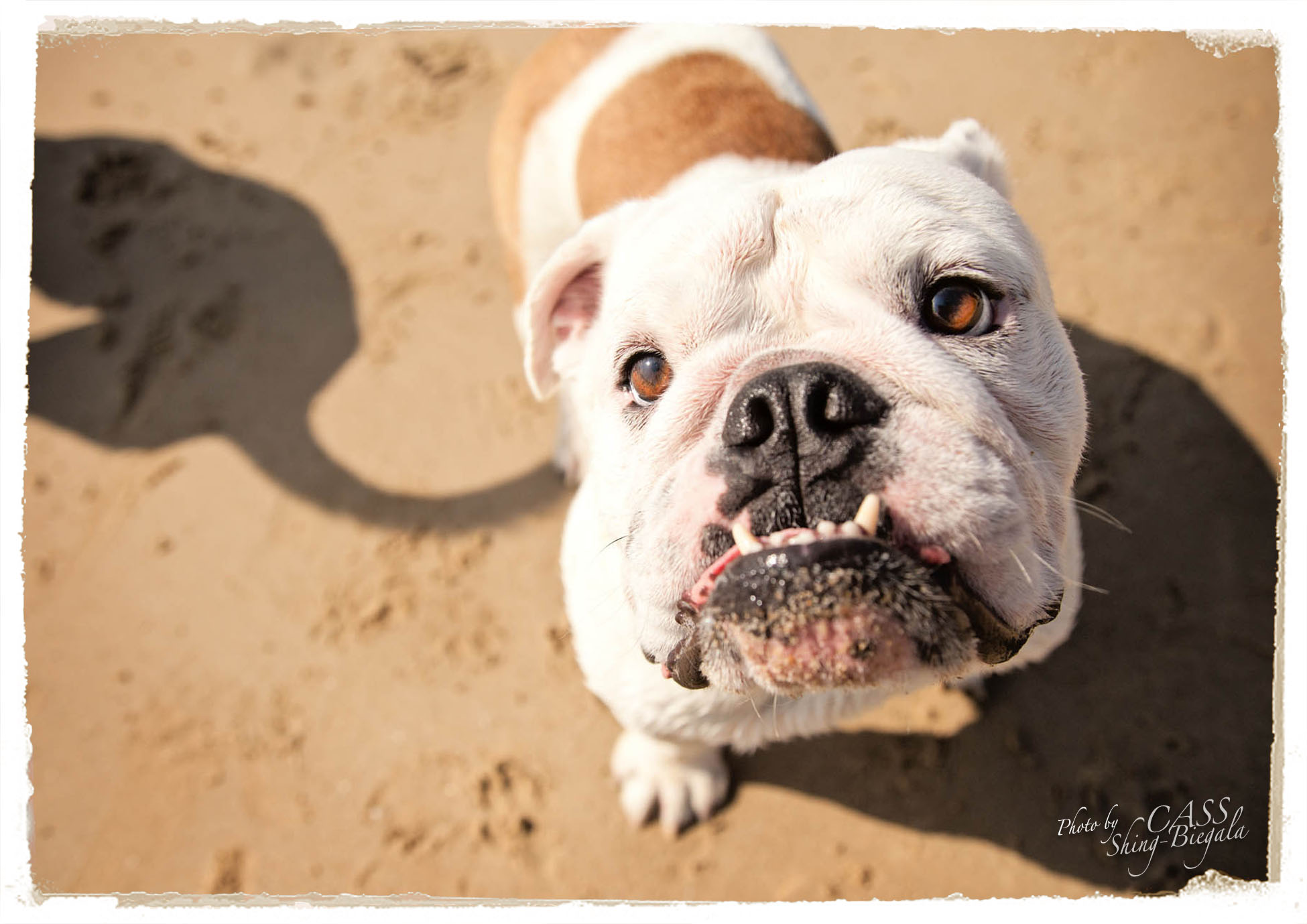
With the subject deliberately placed on the right side of the frame, it creates room for imagination about the relation between the shadow on the left and the subject.
A Sneak Look of Pets’ Lives with Live View Mode
Many of us like to take photos of our pets with Live View Mode, especially in challenging occasions where the shooting angle is difficult. Indeed, Live View can save us much trouble and effort. It makes shooting of dogs under the table or chair, or cats jumping onto the top of the cabinet or hiding themselves in narrow corners easier. It can also free you up so that you can be at different places. For example, you can put the camera somewhere within your reach and try attracting the attention of your pet from another angle.
Capture Actions and Expressions with Continuous Shooting Mode
Continuous Shooting Mode can greatly enhance your chance of getting a good photo when capturing actions or a series of motion. The critical moments may only last several seconds. If the camera is set at Single Shot Mode, it can only take a few photos per second. In fact, I always set my camera at Continuous Shooting Mode so that I am ready to capture any special or funny scene that may come any second.
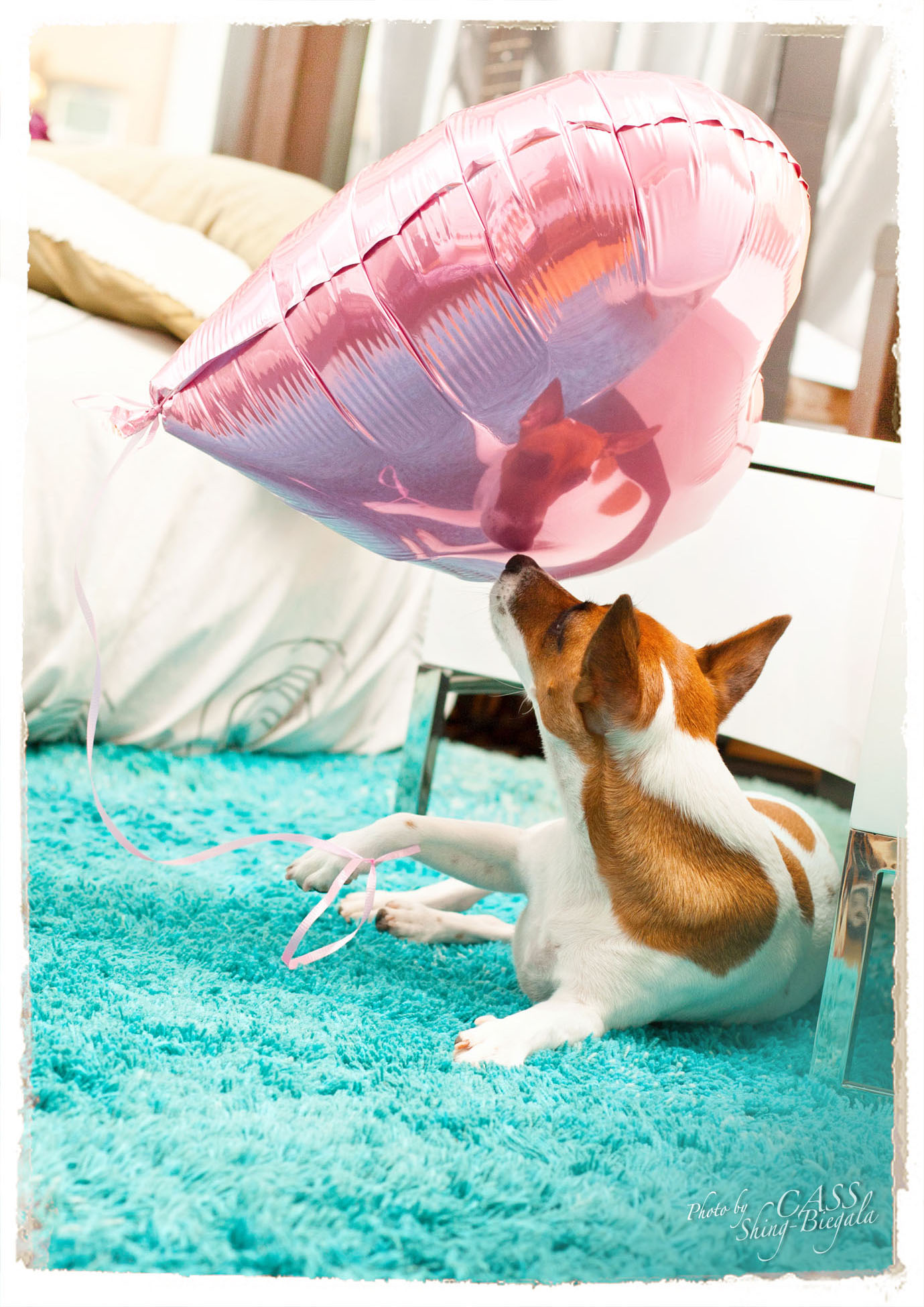
Capturing the funny moment the nose of this Jack Russel dog touches the heart-shaped balloon and sees his / her reflection on it with Continuous Shooting Mode.
Make Good Use of Telephoto lenses and Wide-angle lenses
Apart from camera’s functionality, I am often asked about what lenses are best for pet photography.
The truth is, lenses of different focal lengths have their respective advantages under different circumstances. Short to medium large-aperture lenses are good for most indoor home shooting and outdoor static portraits and can create beautiful results.
- Telephoto lenses can help track motion in outdoor area, and are perfect for taking candid photos of shy or over-friendly dogs from a distance. Besides, the perspective compression effect created by telephoto lenses is one-of-a-kind.
- Wide-angle lenses are perfect for capturing funny scenes at close range. With the angle of view wider than the naked eye, they can create story-telling photos with great tension. (The photo at the beginning of this article is taken with a 28mm wide-angle lens)
My experience tells me that prime lenses can facilitate the shooting of agile pets as these lenses are fast in focusing and relatively compact and lightweight. Of course, you can also choose to use a zoom lens such as 24-105mm lens for versatile handling of most situations, saving the hassles of changing lenses.
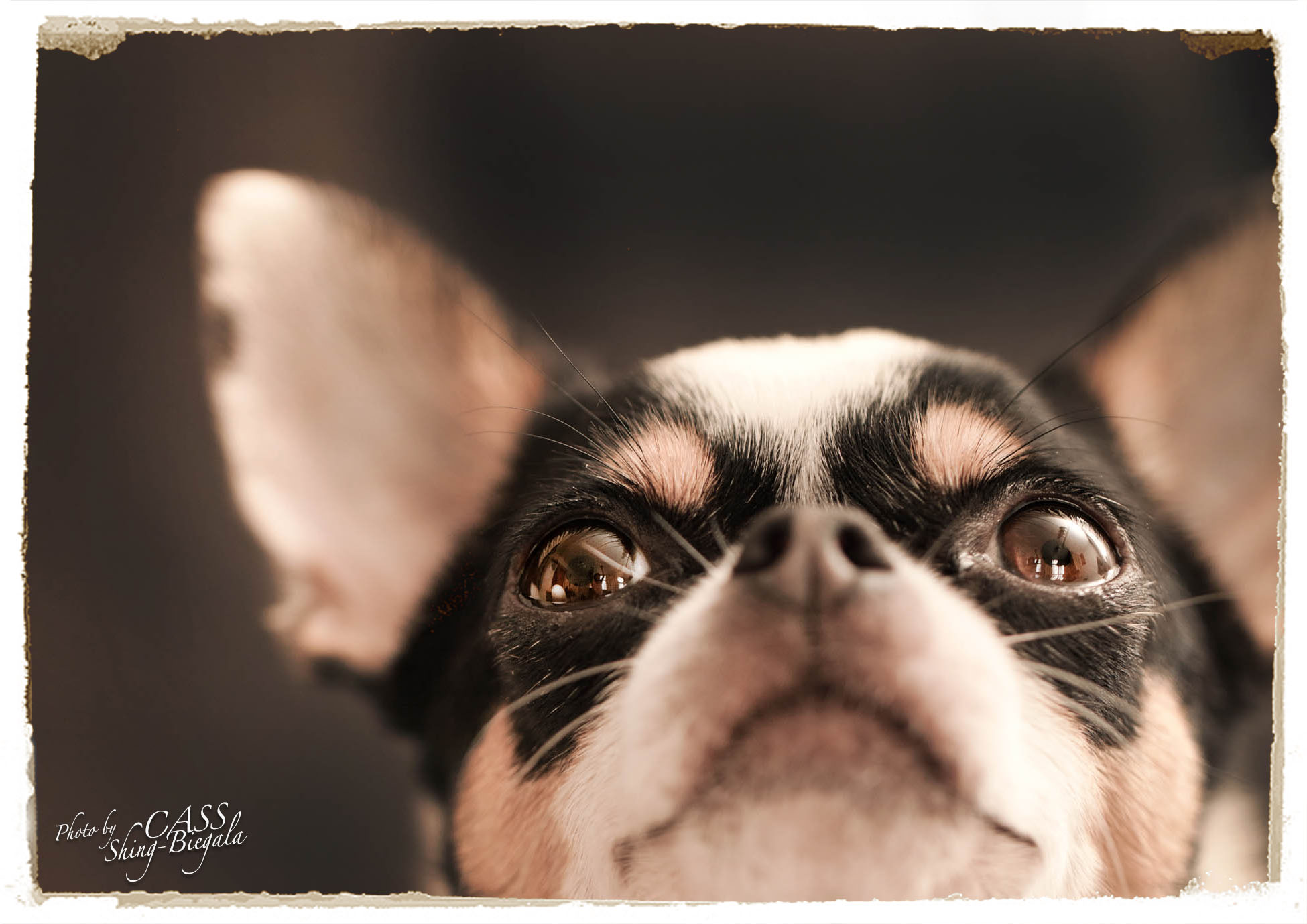
Capturing the moment this Chihuahua dog sinking into deep thought with a telephoto lens.
Pet photography is like running a marathon that requires both mental and physical efforts. Staying lightweight and knowing your equipment well are sometimes more important than knowing your pets. Always remember that the key is to practise more, try more and not relying solely on Auto Mode. Have fun and be a smart in-house photographer of your own pet!

A well-known Pets and Kids family photographer, Cass captures the valuable moments in each family with experience and sensitivity. She is frequently interviewed in TV and magazines. Cass is now living in Poland building her own Casmati Village for city people to reconnect to nature and inner wisdom. Every year she makes pet photography trips to HK and loves to engage in private photo class at pet
owner’s home.

